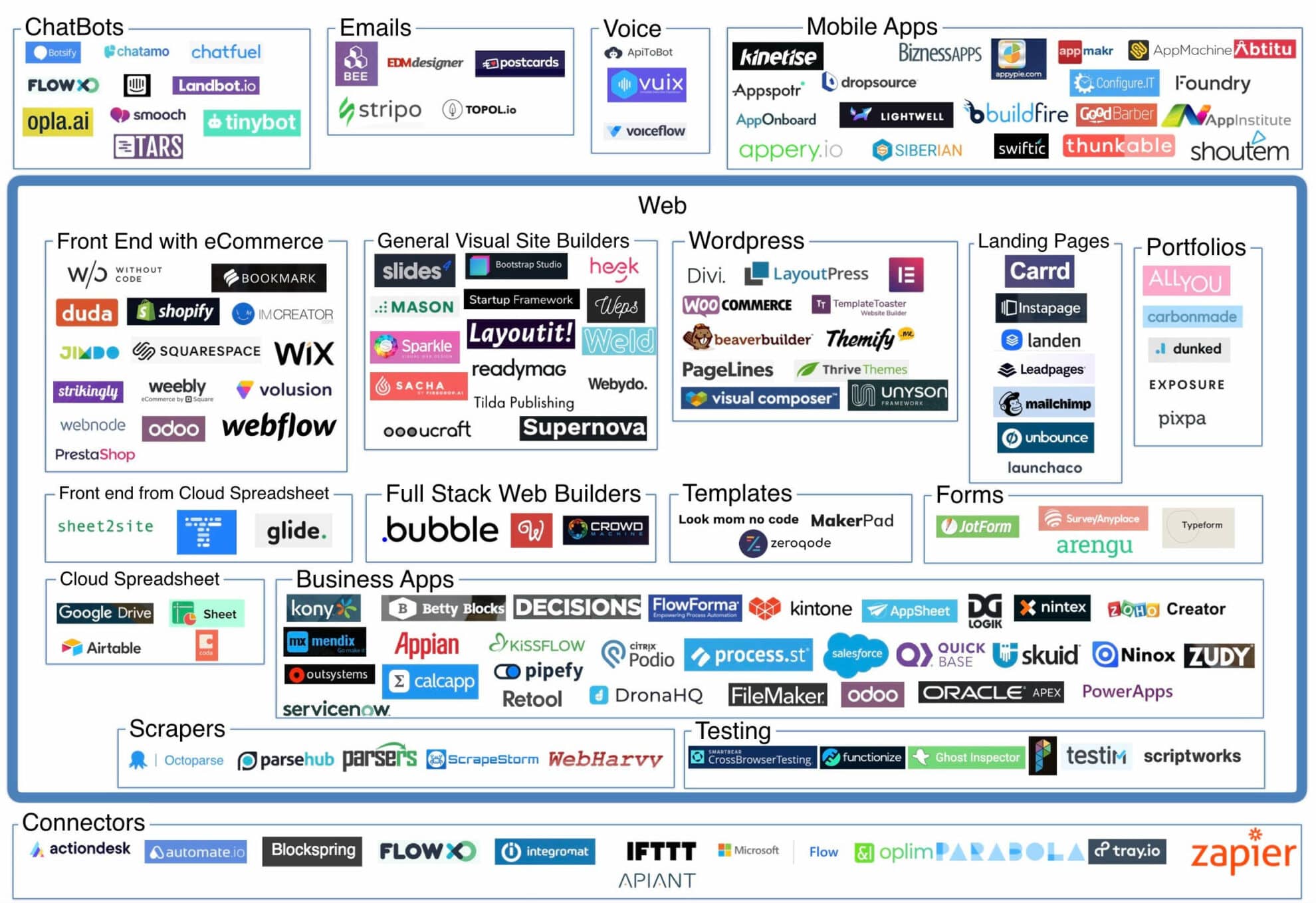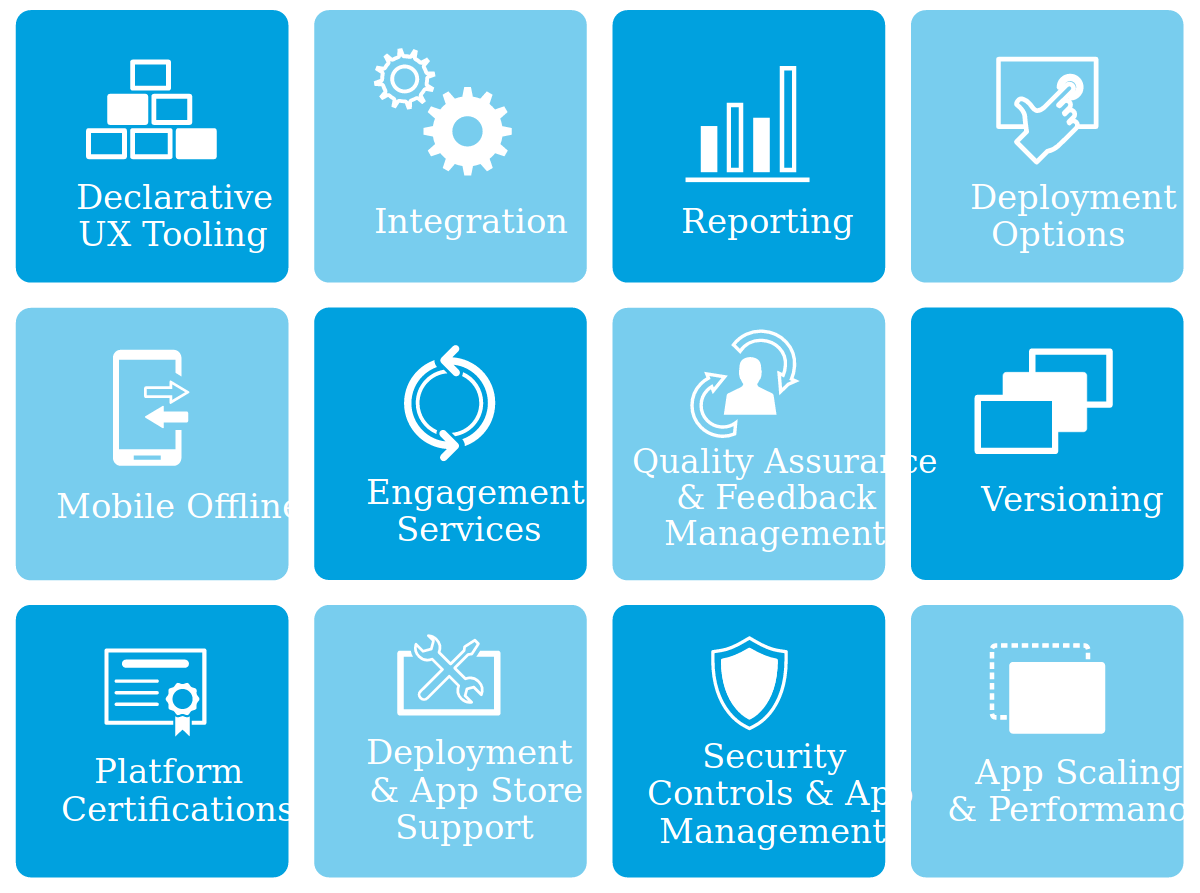Low-code/No-code Limitations: Understanding The Limitations Of Visual Programming Platforms

Executive Summary

Low-code/no-code (LC/NC) platforms offer a compelling proposition for businesses looking to accelerate their digital transformation efforts. However, it is crucial to understand the limitations of these platforms to make informed decisions and avoid potential pitfalls. This article explores the key limitations of LC/NC platforms, providing insights into their capabilities and constraints. By understanding these limitations, organizations can effectively evaluate and utilize LC/NC platforms to maximize their benefits while minimizing risks.

Introduction
LC/NC platforms have gained significant traction in recent years due to their ease of use, reduced development time, and cost savings. They empower citizen developers with limited coding knowledge to create sophisticated applications without relying on traditional software engineers. However, despite their advantages, LC/NC platforms have certain limitations that must be carefully considered before adoption.
FAQs
-
Q: Are LC/NC platforms suitable for all types of applications?
A: No. LC/NC platforms have limitations in handling complex business logic, real-time data processing, and integration with legacy systems. -
Q: Can LC/NC platforms replace traditional software development processes?
A: Not entirely. LC/NC platforms are designed for rapid development of simple to moderately complex applications, but they may not be suitable for mission-critical or enterprise-scale systems that require extensive customization. -
Q: How secure are applications built on LC/NC platforms?
A: Security measures vary across LC/NC platforms. Some platforms have built-in security features, while others may require additional security configurations and safeguards to ensure data privacy and integrity.
Key Limitations of Low-code/No-code Platforms
1. Limited Customization and Flexibility
- Predefined templates and components can restrict the ability to tailor applications to specific business requirements.
- Limited access to underlying code can hinder the implementation of custom functionalities and integrations.
- Difficulty in modifying the application architecture or workflow after deployment.
2. Performance and Scalability Constraints
- Applications built on LC/NC platforms may not be able to handle high user loads or process large volumes of data efficiently.
- Scaling limitations can restrict the growth and performance of applications as business needs evolve.
- Limited control over infrastructure resources and optimization can impact application performance.
3. Security Concerns
- LC/NC platforms may have security vulnerabilities due to predefined templates and limited visibility into underlying code.
- Limited control over security configurations and patch management can increase the risk of data breaches.
- Reliance on third-party plugins and integrations may introduce additional security risks.
4. Data Integration and Legacy System Compatibility
- LC/NC platforms may face challenges in integrating with legacy systems or external data sources due to different data formats and protocols.
- Limited data manipulation and transformation capabilities can hinder the seamless exchange of data between applications.
- Data governance and compliance may become complex when using LC/NC platforms to access and manage sensitive data.
5. Vendor Lock-in and Ecosystem Maturity
- Applications built on proprietary LC/NC platforms can create vendor lock-in, limiting the ability to switch providers or migrate applications to other platforms.
- LC/NC platforms may have limited support for third-party integrations and extensions, restricting the expansion of application functionality.
- The maturity of LC/NC platforms and their ecosystems can impact the availability of support, resources, and best practices.
Conclusion
While LC/NC platforms offer substantial benefits, it is crucial to be aware of their limitations. By understanding the constraints of these platforms, organizations can make informed decisions about their applicability and adopt strategies to mitigate potential risks. It is essential to evaluate the complexity of the application, performance requirements, security considerations, data integration needs, and vendor lock-in implications before implementing LC/NC platforms. By addressing these limitations proactively, organizations can harness the full potential of LC/NC platforms while ensuring the successful delivery and maintenance of their applications.
Keyword Tags
- Low-code/No-code Platforms
- Visual Programming
- Application Development
- Digital Transformation
- Technology Limitations

